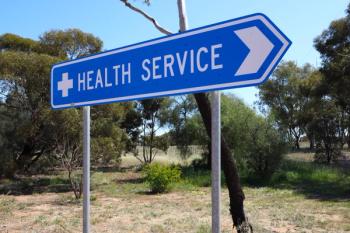
A New Treatment Option for Newly Diagnosed AML: Gemtuzumab Ozogamicin
The treatment, which was approved nearly 2 decades ago but withdrawn due to safety and efficacy concerns, now has a new indication.
A drug that was approved nearly 2 decades ago now has a new indication. Today’s FDA approval means patients with newly diagnosed CD33-positive acute myeloid leukemia (AML) and patients 2 years and older with relapsed/refractory CD33-positive AML can now be treated with gemtuzumab ozogamicin (Mylotarg).
Safety concerns and lack of clinical benefit in confirmatory trials had resulted in the drug’s withdrawal from the market following its accelerated approval back in May 2000. The drug now has a reduced dose, can be administered alone or has a different schedule with combination chemotherapy, and also has a different patient population.
“We are approving Mylotarg after a careful review of the new dosing regimen, which has shown that the benefits of this treatment outweigh the risk,”
The trial in 271 patients with newly diagnosed CD33-positive AML randomized patients to receive daunorubicin and cytarabine with or without Mylotarg. Event-free survival was better among patients who received the experimental drug (17.3 months vs 9.5 months). Additionally, in a separate trial, patients who received Mylotarg survived longer (median overall survival [OS], 4.9 months) compared with the control arm (median OS, 3.6 months).
Common side effects of Mylotarg include pyrexia, nausea, infection, vomiting, bleeding, thrombocytopenia, stomatitis, constipation, rash, headache, elevated liver function tests, and neutropenia. Severe side effects of Mylotarg include low blood counts, infections, liver damage, hepatic veno-occlusive disease, infusion-related reactions, and hemorrhage.
Newsletter
Stay ahead of policy, cost, and value—subscribe to AJMC for expert insights at the intersection of clinical care and health economics.













































